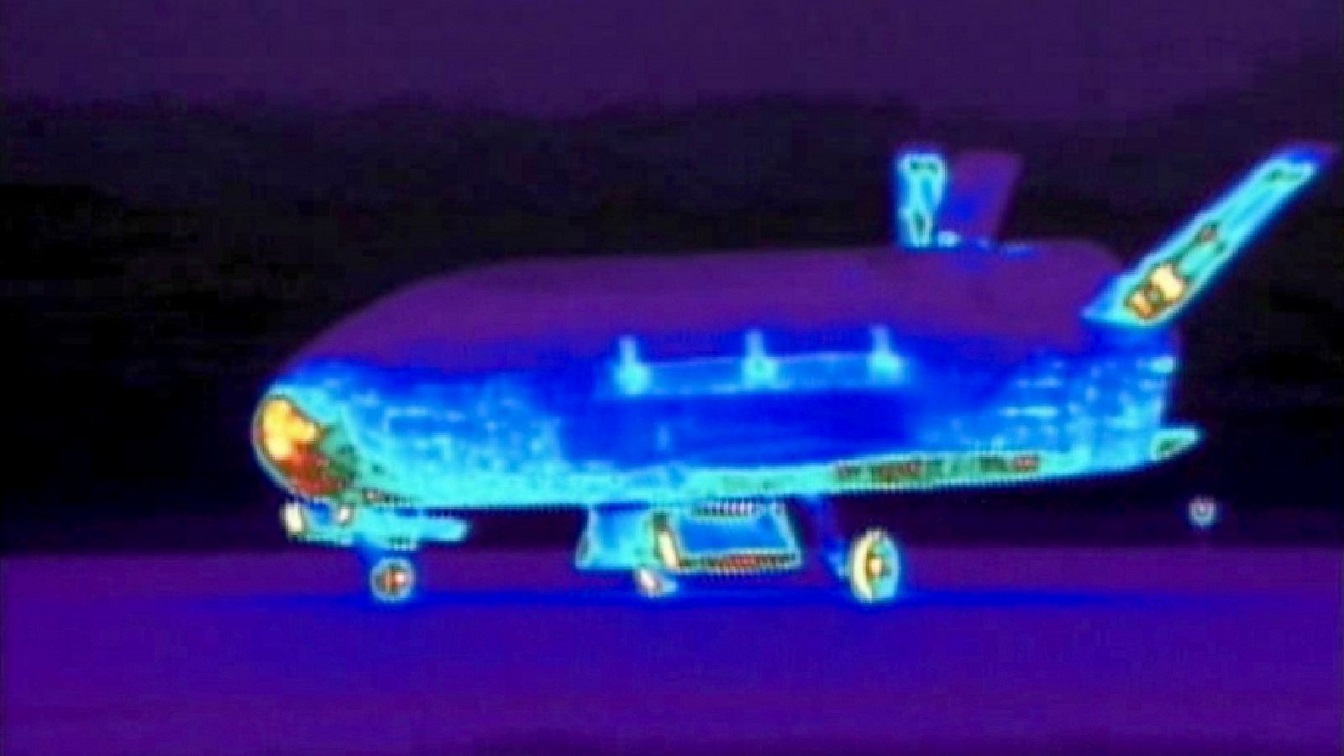Last month, the United States Space Force’s robotic X-37B space plane made history after remaining in Earth orbit for 781 days – breaking its previous record of 780 days. The reusable vehicle, which was designed and built by Boeing, is currently on its sixth mission
Known as Orbital Test Vehicle-6 (OTV-6), it was launched on May 17, 2020.
As of September 2, 2022, the X-37B has been in orbit for 837 days, and there are no reports that it will return back to Earth anytime soon. It has been speculated that NASA may look to reach the 1,000-day mark, which will be February 12, 2023.
On a Mission
The X-37B Orbital Test Vehicle (OTV) was developed by Boeing for the United States Air Force as an experimental test program to demonstrate technologies for a reliable, reusable, unmanned space test platform.
Its primary objectives are to test reusable spacecraft technologies for America’s future in space and for operating experiments, which can be returned to and examined on Earth.
NASA’s original X-37 program began in 1999 and was transferred to DARPA in 2004.
It is now under the domain of the United States Space Force’s Delta 9, which was established and activated on July 24, 2020.
The X-37B’s current mission – the sixth for the program – includes several classified payloads, but those that have been publicly disclosed include a test of the U.S. Naval Research Laboratory’s Photovoltaic Radio-frequency Antenna Module (PRAM), a small device aimed at converting solar power into microwaves which can then be beamed back to Earth from orbit. OTV-6 was the first X-37B mission to use a service module to host experiments.
It has been described as a big step for the X-37B program, as it is the first mission to use a service module to host experiments. That incorporation of a service module, an attachment to the aft of the vehicle, on this current mission has enabled NASA to continue to expand the capabilities of the spacecraft and host more experiments that can be carried out in orbit than any of the previous missions.
The OTV Success Story
The Air Force has already successfully completed five X-37B missions: OTV-1 through OTV-5. All five missions launched from Cape Canaveral Air Force Station, Florida, beginning with its first launch on April 22, 2010. OTV-1 through OTV-3 all landed at Vandenberg Air Force Base, California, while OTV-4 and OTV-5 landed at Kennedy Space Center in Florida.
Through five completed missions, the X-37B had spent a total of 2,865 days in orbit, successfully checking out the X-37B’s reusable flight, reentry and landing technologies as well as operating experiments to benefit the national space community.
However, not everyone is celebrating the accomplishments of the X-37B. Chinese officials have suggested it could be used with aggressive intent.
“Industry analysts said the spacecraft could be a precursor to an orbiting weapon, capable of dropping bombs or disabling enemy satellites as it circles the globe,” China’s state-run Xinhua news agency first reported a decade ago.
In the time since, the paranoia has only likely increased, partly because Beijing and Moscow would utilize the reusable space plane to serve as a weapon – even if it would be fairly ineffective as a bomber.
Past OTV mission stats:
*OTV-1 launched on April 22, 2010 and landed on Dec. 3, 2010, spending over 224 days on orbit.
*OTV-2 launched on March 5, 2011 and landed on June 16, 2012, spending over 468 days on orbit.
*OTV-3 launched on Dec. 11, 2012 and landed on Oct. 17, 2014, spending over 674 days on orbit.
*OTV-4 launched on May 20, 2015 and landed on May 7, 2017, spending nearly 718 days on orbit.
*OTV-5 launched on Sept. 7, 2017 and landed on Oct. 27, 2019, spending nearly 780 days on orbit.
Primary Mission: Experimental test vehicle
Prime Contractor: Boeing
Height: 9 feet, 6 inches (2.9 meters)
Length: 29 feet, 3 inches (8.9 meters)
Wingspan: 14 feet, 11 inches (4.5 meters)
Launch Weight: 11,000 pounds (4,990 kilograms)
Power: Gallium Arsenide Solar Cells with lithium-Ion batteries
Launch Vehicles: United Launch Alliance Atlas V (501) and SpaceX Falcon 9
X-37B: More Records to Come?
Even as OTV-6 has set a new duration record for the X-37B program, it is still quite far from the overall spaceflight mark, according to Space.com. Many Earth-observation satellites operate for 10 or more years, for example, while NASA’s Voyager 1 and Voyager 2 spacecraft are still alive in interstellar space, nearly 45 years after lifting off.
However, it does look like OTV-6 is closing in on 1,000 days in orbit. Godspeed OTV-6.
Expert Biography: A Senior Editor for 1945, Peter Suciu is a Michigan-based writer who has contributed to more than four dozen magazines, newspapers, and websites with over 3,000 published pieces over a twenty-year career in journalism. He regularly writes about military hardware, firearms history, cybersecurity, and international affairs. Peter is also a Contributing Writer for Forbes. You can follow him on Twitter: @PeterSuciu.

